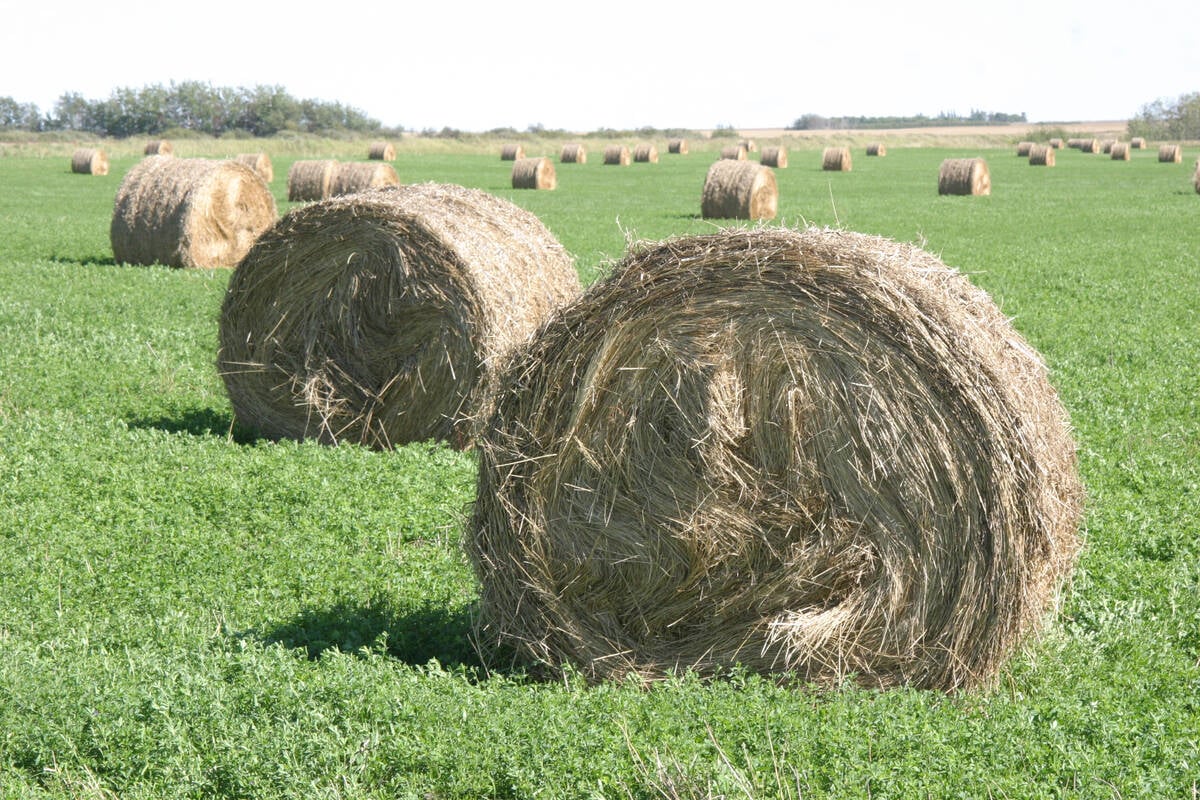RED DEER – Finding proper feed for milk cows remains the No. 1 challenge for managers, says a University of Illinois dairy specialist.
Mike Hutjens told the Western Canadian Dairy Seminar in Red Deer on March 7 that dairy barn managers need to focus on five key areas, with the most important being feed consistency and feed bunk management.
“That is a whole area that we really have to take a hard look at.”
He said more work is needed to provide consistent feed and mixers that work properly to process forages and grain to the right size.
Read Also

Breaking down successful winter feeding into six steps
It’s that time of year when it is important to start planning for a cow herd’s winter feeding program. Here are six steps I think are necessary to consider when getting your feed tested.
Managers should look at the feed throughout the bunk because it is not likely a consistent product. Cows should be fed at the same time every day within 15 to 30 minutes.
“Cows love consistency,” he said.
Inventory control is necessary to avoid running out of certain feeds. Waste needs to be monitored to account for feed that spoils, blows away or is otherwise lost.
Managers also need to match computer generated feed rations with what is actually delivered.
For example, protein content should be within one percent of recommendations, acid detergent fibre should be within two percent and dry matter within three percentage points. When feed is checked, many farms err on the high side of what cattle need.
Nitrogen and phosphorus excretion lost in urine and manure is another problem.
Farmers may need more land to handle the phosphorus, and some jurisdictions are considering changes to regulations to manage phosphorus content on the soil.
Possible regulatory changes include lower protein diets for cows and careful monitoring of byproduct feed such as distillers grains because they may contain too much phosphorus.
Managers need to evaluate diets for the high producing cows that may provide more than 70 kilograms of milk per day when feed rations were formulated for the cows producing 36 kg of milk.
Hutjens said laboratory results and the reality of the farm are different, which means extra management is needed to ensure cows receive the right nutrients for proper rumen function and milk production.
For example, carbohydrates compose the highest proportion of dairy cow diets – 70 to 75 percent of dietary dry matter – to meet their energy needs and stimulate the rumen.
Cows need a properly balanced diet that includes fibre and carbohydrates for optimum rumen function and feed efficiency.
Maurice Eastridge of the University of Ohio said carbohydrates are found in fibre, starch and sugar in forages and grain.
Most people don’t know how much starch is fed to cows and they don’t know how much ends up in the manure.
How the grain is processed makes a difference in how well it is digested so the animals receive the maximum benefit.
Steam flaking grain turns the starch to gelatin, which results in increased rumen and digestive tract digestibility.
The best digestion in processed grain is achieved in the following order: steam flaking; steam rolling; roasted dry rolled; dry rolling and grinding.















